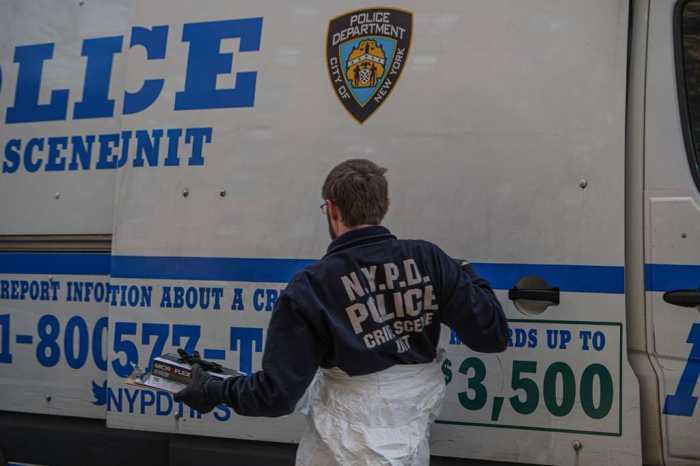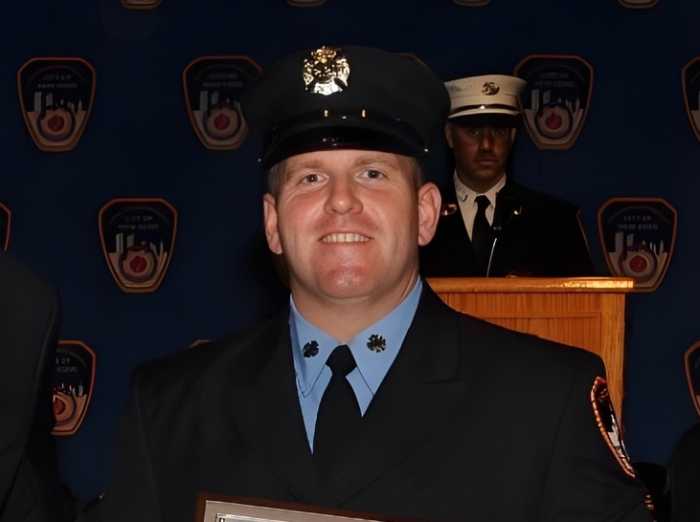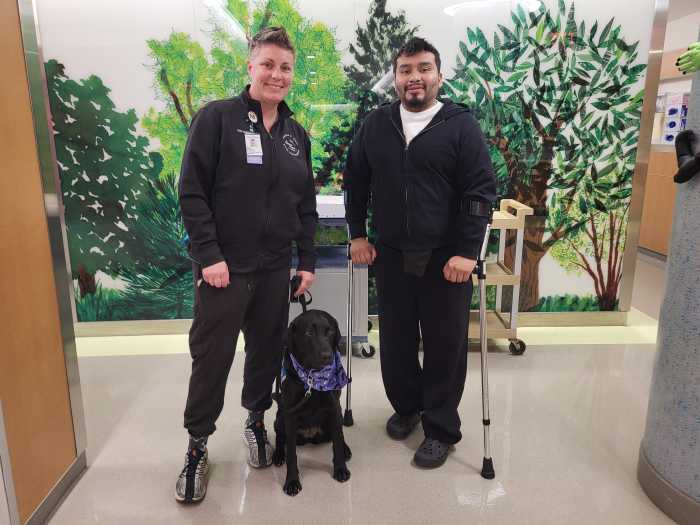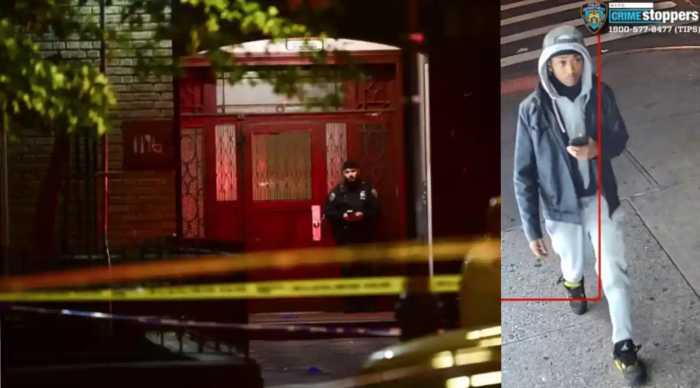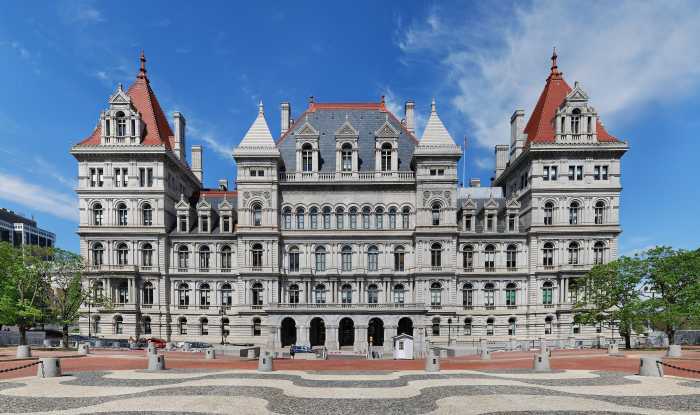Fewer people are being injured in traffic accidents, but some in the city are making dangerous streets a No. 1 target.
A coalition organized by Transportation Alternatives marched along Queens Boulevard Saturday to bring attention to a string of recent deaths along the street, just a day after Elmhurst Hospital held a summit to look at ways to help bring down traffic accidents and fatalities.
Through October, 126 pedestrians have been killed by drivers this year, according to Transportation Alternatives. In 2012, there were 277 total traffic fatalities (including pedestrians, drivers and cyclists).
Dr. Jamie Ullman, director of neurosurgery at Elmhurst Hospital Center and an organizer of last Thursday’s summit, said traffic fatalities and injuries have been rising for years, as her hospital in the last three years has reached two new record highs for patients coming in from traffic-related injuries.
“It’s not a problem that’s going away,” Ullman said. “There have been so many notorious pedestrian accidents in the last several months ? and the fact is that there’s still a lot more people getting injured.”
Ullman said that, for the most part, the city has done well in trying to reduce pedestrian injuries and fatalities. Indeed, since 2002, traffic fatalities have dropped nearly 30%, according to the Department of Transportation.
“New York’s streets over the past six years are the safest they have been since recordkeeping began in 1910,” said Scott Gastel of the DOT. The department “has launched some of the most innovative safety programs in the nation,” he said, noting the 137 corridors and 113 intersections the city has re-engineered in the last five years; 4,500 new pedestrian countdown signals; 910 speed bumps; installation of or planning of 29 neighborhood slow zones; and installing speed zones near 146 schools over the last six years.
Miller Nuttle, campaigns director with Transportation Alternatives, agreed that the city has taken major steps toward making the streets and sidewalks safer, but that New York is far from being as safe as it should be.
“The city has made pretty incredible strides toward safety during the Bloomberg administration,” Nuttle said.
“But even one accident or injury is unacceptable. Despite that fact that we’ve come a long way, and we have, there’s still a lot more work to be done,” he said.
Nuttle said that in addition to more driver and pedestrian education, the city — and the incoming Bill de Blasio administration — should focus resources on the further re-engineering of streets to protect walkers, installing more speed cameras, developing more dedicated bike and bus lanes, increasing police enforcement on traffic violations that lead to accidents, and prioritizing the most dangerous streets.
De Blasio, for his part, has laid out his Vision Zero plan, through which he hopes to reduce traffic fatalities to zero within 10 years.
Nuttle said that if de Blasio is successful with that plan, it may be a hallmark of his mayoralty.
“Curbing traffic injuries and fatalities are really exceptional ways for de Blasio to show leadership from his first days,” Nuttle said.



